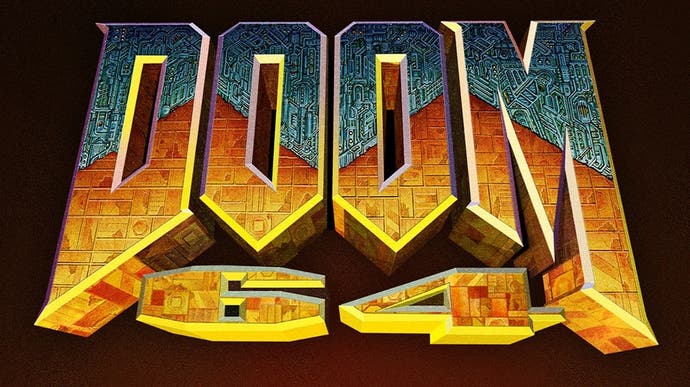Doom 64 - a classic N64 shooter gets a top-tier port for current-gen systems
And it's the first Xbox One S game to break the 1080p barrier.
Perhaps a little overlooked back in the day, Doom 64 stands as one of my favorite installments in the series. With its reworked art, atmospheric score, solid frame-rate and foreboding environments, it's an N64 game that still holds up beautifully today - 23 years after its initial release. However, for those without retro Nintendo hardware, it's a slice of Doom history inaccessible to many - a situation that changed for the better with the recent release of Doom 64 for all current-gen platforms, developed by Nightdive Studios.
We can't think of any developer better suited to the task. Nightdive specialises in sympathetically restoring classic games for today's hardware and has delivered superb work in the form of Turok: Dinosaur Hunter and its sequel, Forsaken, Blood and other. Lead Engine Developer Sam Villarreal is also responsible Doom 64 EX and Doom 64 Absolution - two earlier attempts at bringing the classic original to PC but this official port goes further, seeking to replicate the game with extreme accuracy.
Doom 64 EX was an attempt to implement N64's extra functionality and bespoke assets into a version of the game playable on modern PCs. The new game sees Doom 64 itself more thoroughly reverse-engineered and then re-coded into Nightdive's own KEX engine (more accurately, a frame-work - it has no renderer) and supports higher resolutions and 60fps. This process brought about near-perfect accuracy and for the first time, the in-game demos would run just as they should - a factor of Doom 64's object motion and collision detection being correctly modelled for the first time.
But what makes porting Doom 64 a worthwhile exercise? The original was created through a partnership between id Software and Midway - and yes, John Carmack himself was partially involved in the project. Although core coding is based on Carmack's original Jaguar version of the original, Doom 64 is the first in the series to offer 3D hardware-accelerated visuals, enabling a range of techniques that elevate the game beyond the original software renderer. All of the artwork was created from scratch for this version complete with new 3D rendered models that were used as the basis for the sprites, which were themselves of a higher resolution than the PC original's.
An increased colour depth is immediately apparent when you sit down with Doom 64. Walls now feature smooth gradients where the top and bottom of a wall can utilise different shades leading to dramatic effects. Sprites, textures and the skybox are all more nuanced than the original game with more colors used in each them. Even in-game water rendering gets a substantial revamp over prior Doom titles, looking significantly smoother.
Other details include the addition of fog in certain stages and the use of N64's native texture filtering, smoothing out surfaces in the process - a key feature at the time. Nintendo's implementation of texture filtering uses three samples rather than the four typically used in the PC space - and Nightdive's solution was simple: emulate the Nintendo approach via shaders, an example of how committed the developer was in delivering as accurate a port as possible.
Performance was impressive too. Doom 64's careful utilisation of the Nintendo 64 hardware saw frame-rates mostly lock to 30 frames per second - so users enjoyed the smoothest console performance of the period, paired with all of those impressive graphical upgrades. Naturally, for the current-gen console ports, Nightdive bumps all systems up to 60 frames per second, running at native resolution. PS4 and the original Xbox One render at 1080p, as does the docked Switch version (mobile renders at screen-native 720p). Meanwhile, the enhanced consoles deliver native 3840x2160 output. Naturally, ultra-wide and unlocked frame-rates are supported on PC.
There is an interesting outlier here: Xbox One S. During development, Nightdive discovered that the Xbox One GPU was barely hitting 20 per cent utilisation. Xbox One S has an HDMI 2.0-capable display controller, meaning that users running in 4K output mode can enjoy native 1440p rendering. We believe that this is the only title running on Xbox One S to deliver resolution higher than 1080p. Switch the S to 1080p output mode and you'll get a super-sampling effect - something that caused artefacts on the UI on the standard Xbox, so Nightdive elected to make it an S-only feature.

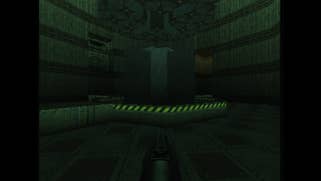



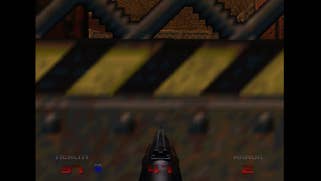
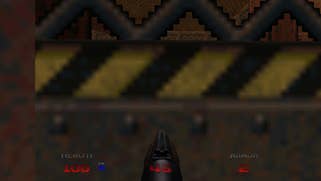
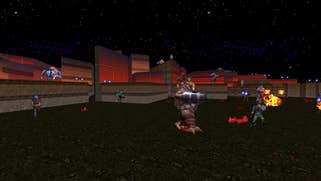
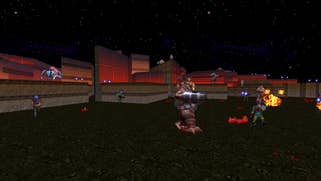
All versions allow for controls to be remapped and field-of-view is adjustable, but the Xbox consoles also enjoy another nice benefit - keyboard and mouse support is integrated, allowing users to get a slice of the PC experience on their consoles. Some thought is put into using all of a specific console's features: the PS4 trackpad can be used to navigate the automap, with the Switch's touchscreen delivering the same effect in mobile mode. HD rumble is also supported on Switch, and here we learn that the tech is accessed essentially via a form of audio playback. The same audio files are filtered differently and deployed on PS4 and Xbox for rumble there.
Available as a pre-order bonus for Doom Eternal, Nightdive Studios' conversion of Doom 64 is also available as a standalone game on all systems. Typically priced at £3.99/$4.99, we'd highly recommend it. For starters, beyond the technological improvements it enjoyed at the time, you're getting different Doom content - in its day, its levels were brand new and this new conversion features an entirely new episode as well. Secondly, you're seeing an evolved version of the game - 3D acceleration, more colours, better sprites, plus Doom tricks and tweaks unseen in the original id games (traversal bridges, for example). But then on top of that, there's the level of care and attention Nightdive has poured into the port. There's no need for later patches or revamped code to correct flaws or improve performance - the studio got everything right out of the gate.
And if you're an Xbox One S user hooked up to a 4K screen? Well, it's the only game we're aware of that'll actually push beyond 1080p rendering - not just icing on the cake for this particular version, but also an example of the kind of across-the-board attention to detail that is the signature of this extremely impressive conversion.
